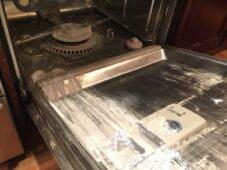When Is It Time to Replace That Old Toilet?
Toilets are a staple of modern living, but they don’t last forever. Over time, even the most durable toilets can develop issues that impact efficiency, appearance, and performance. While minor repairs can keep your toilet functioning, there comes a point when replacing it is the better option.
In this article, we’ll explore the key indicators that it’s time to replace your old toilet, the benefits of upgrading, and how to choose a model that fits your needs. By the end, you’ll know when it’s time to make the switch and what to look for in a replacement.
1. Signs Your Toilet Needs Replacement
An aging toilet often shows clear signs that it’s past its prime. One of the most obvious indicators is frequent clogs, especially if you’re plunging more often than you’d like. Persistent blockages could mean the internal plumbing or design of the toilet can no longer handle modern waste loads.
Other red flags include cracks in the porcelain, leaks around the base, or excessive wobbling despite tightening the bolts. These issues may lead to water damage, higher bills, or even accidents if not addressed promptly. If repairs are becoming frequent, it’s likely time for a replacement.
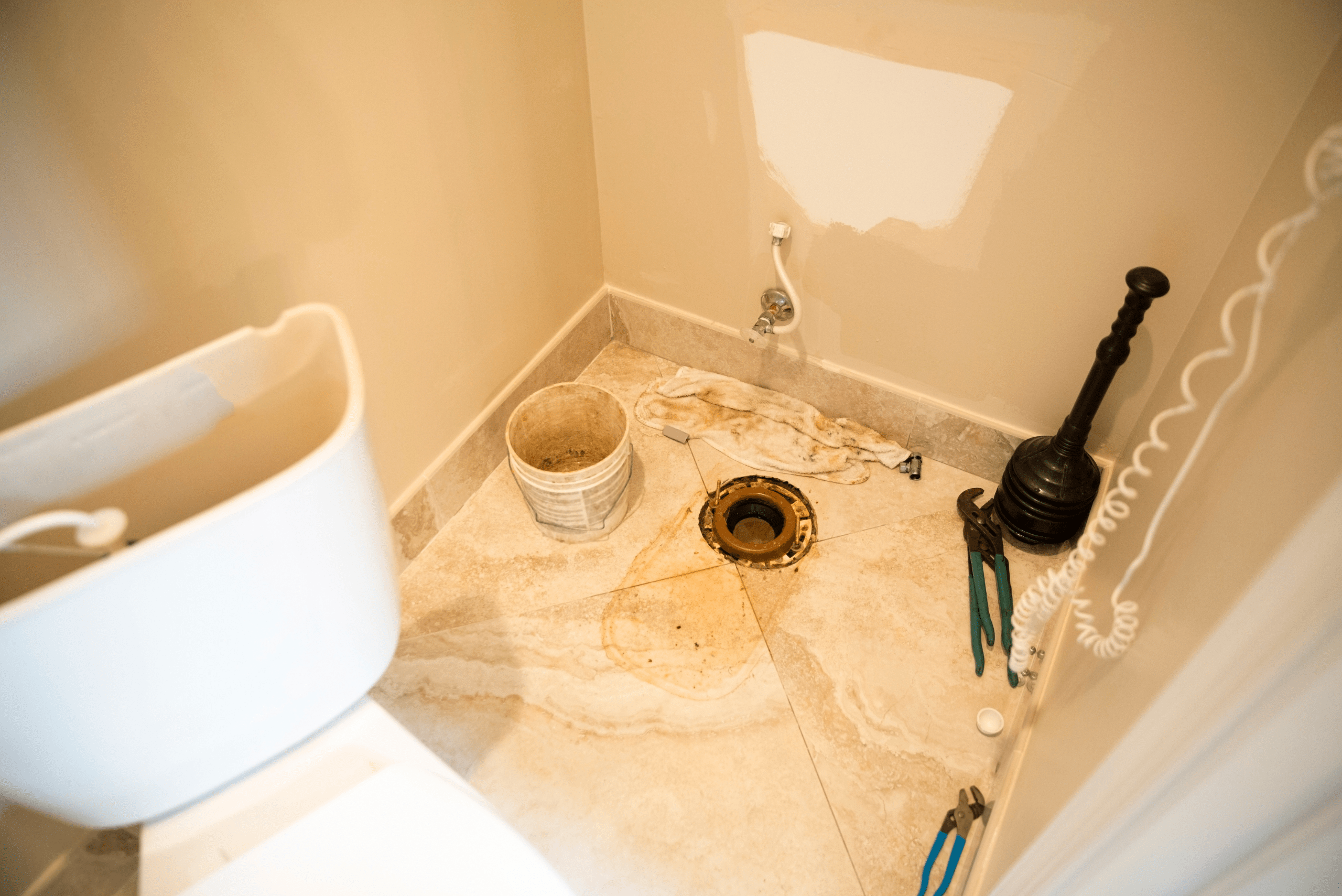
2. Rising Costs of Maintenance and Repairs
Sometimes, keeping an old toilet running becomes more expensive than installing a new one. If you’re constantly dealing with worn-out parts like flappers, fill valves, or seals, those costs can add up quickly.
Additionally, older toilets are often less water-efficient, which increases your water bills over time. A new toilet with water-saving technology can significantly reduce your monthly expenses, making the investment worthwhile in the long run.
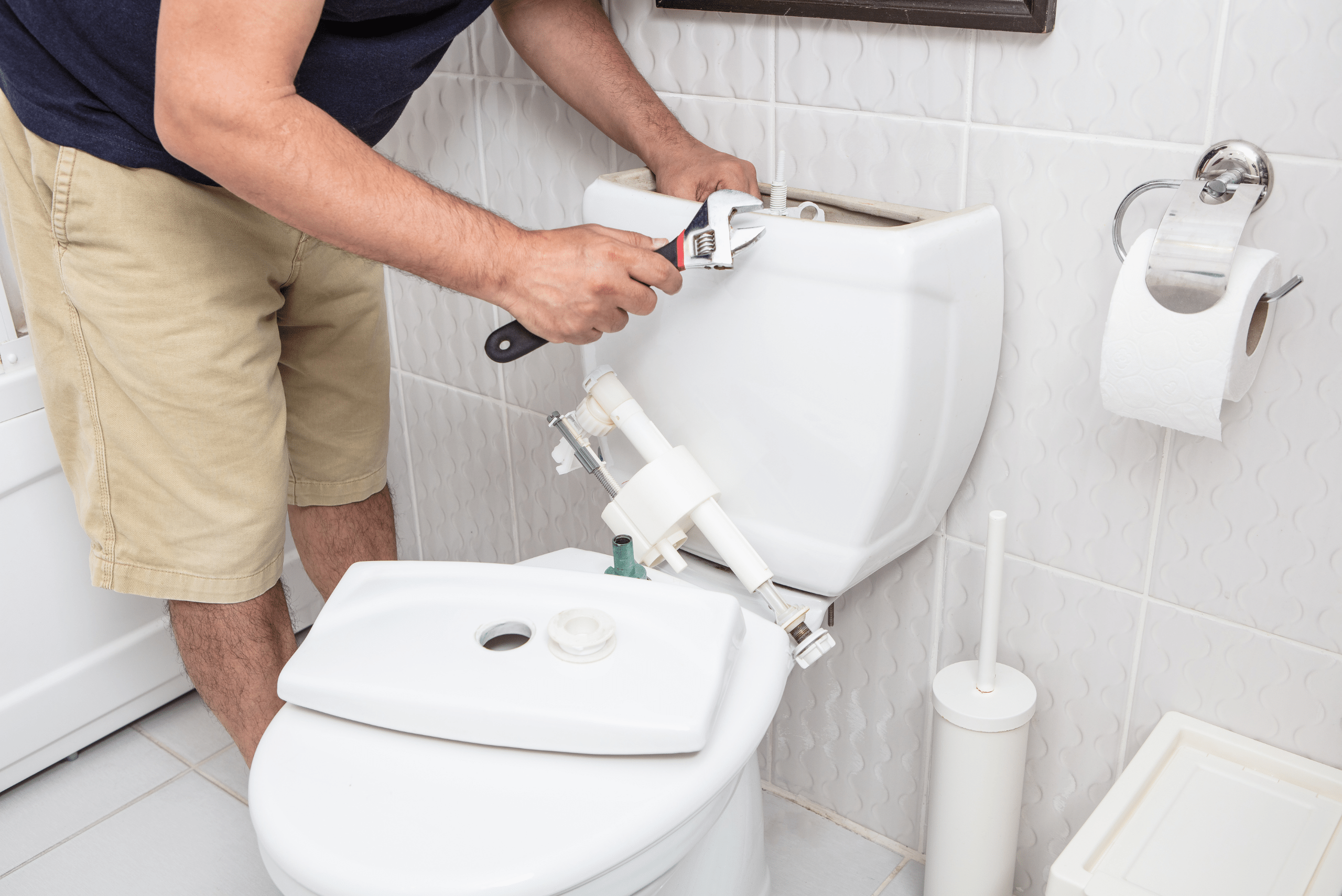
3. Poor Water Efficiency
Toilets manufactured before the 1990s typically use far more water per flush than modern models. Older units can consume up to 7 gallons per flush, whereas today’s high-efficiency toilets (HETs) use as little as 1.28 gallons. This can lead to unnecessary water waste and higher utility costs.
Upgrading to a WaterSense-certified toilet not only helps conserve water but also lowers your bills. In many areas, you may even qualify for rebates when you replace an old, inefficient toilet with a newer, eco-friendly model.
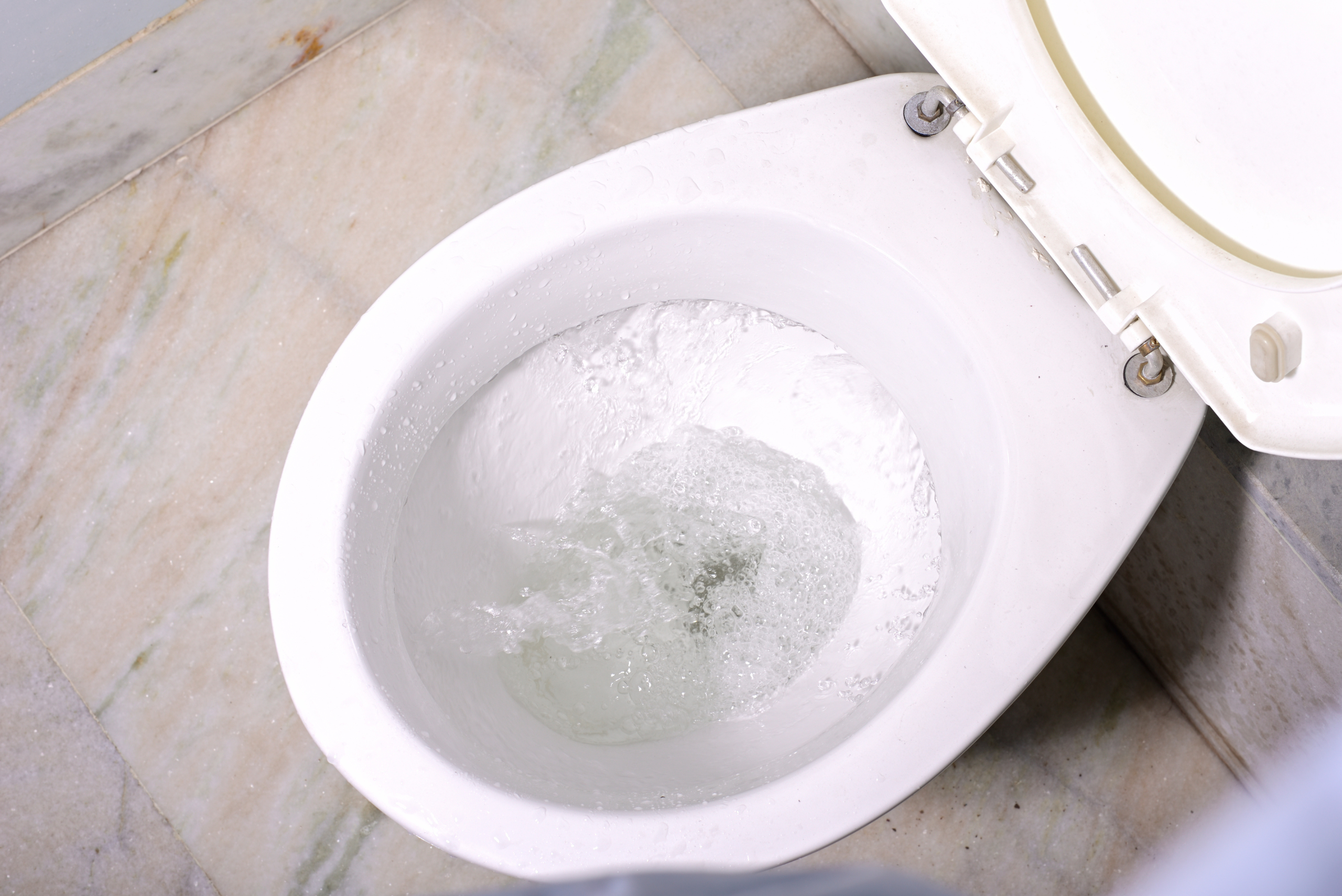
4. Outdated Design or Functionality
If your toilet is outdated, it may not match the aesthetic or functionality of your bathroom. Styles and preferences evolve, and an old, discolored toilet can detract from an otherwise modern bathroom design.
Additionally, newer toilets offer advanced features like soft-close lids, bidet attachments, or heated seats that make your bathroom experience more comfortable and luxurious. Replacing an outdated unit can enhance both the look and usability of your space.
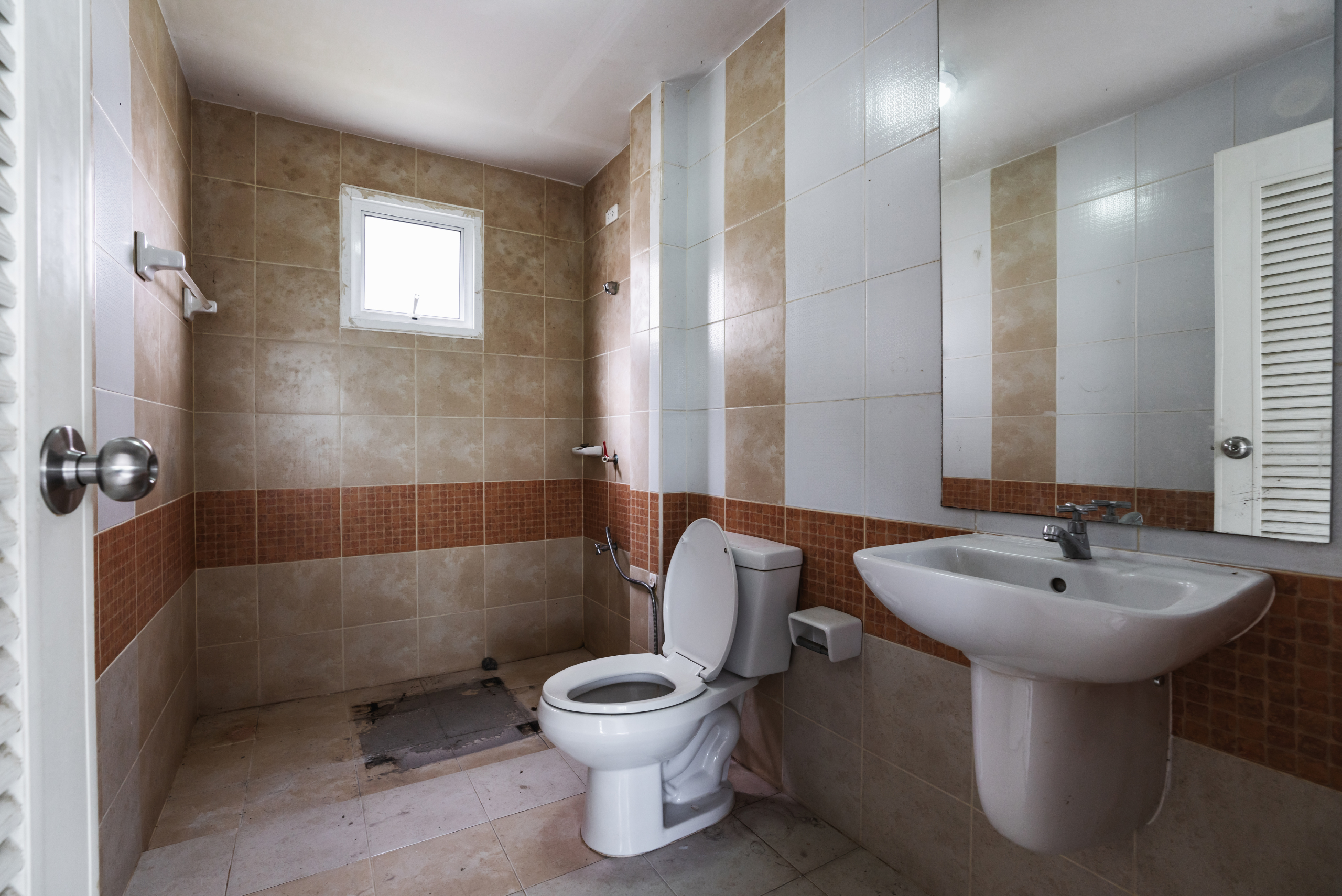
5. Environmental Impact and Sustainability
Older toilets contribute to excessive water usage, which can strain local water supplies and increase your carbon footprint. By replacing your toilet with a high-efficiency model, you’re taking a step toward a more sustainable lifestyle.
Modern toilets are also made with environmentally friendly materials and manufacturing processes. Some models even use recycled components, further reducing their impact on the planet. A new toilet is a small but meaningful change that benefits both your household and the environment.
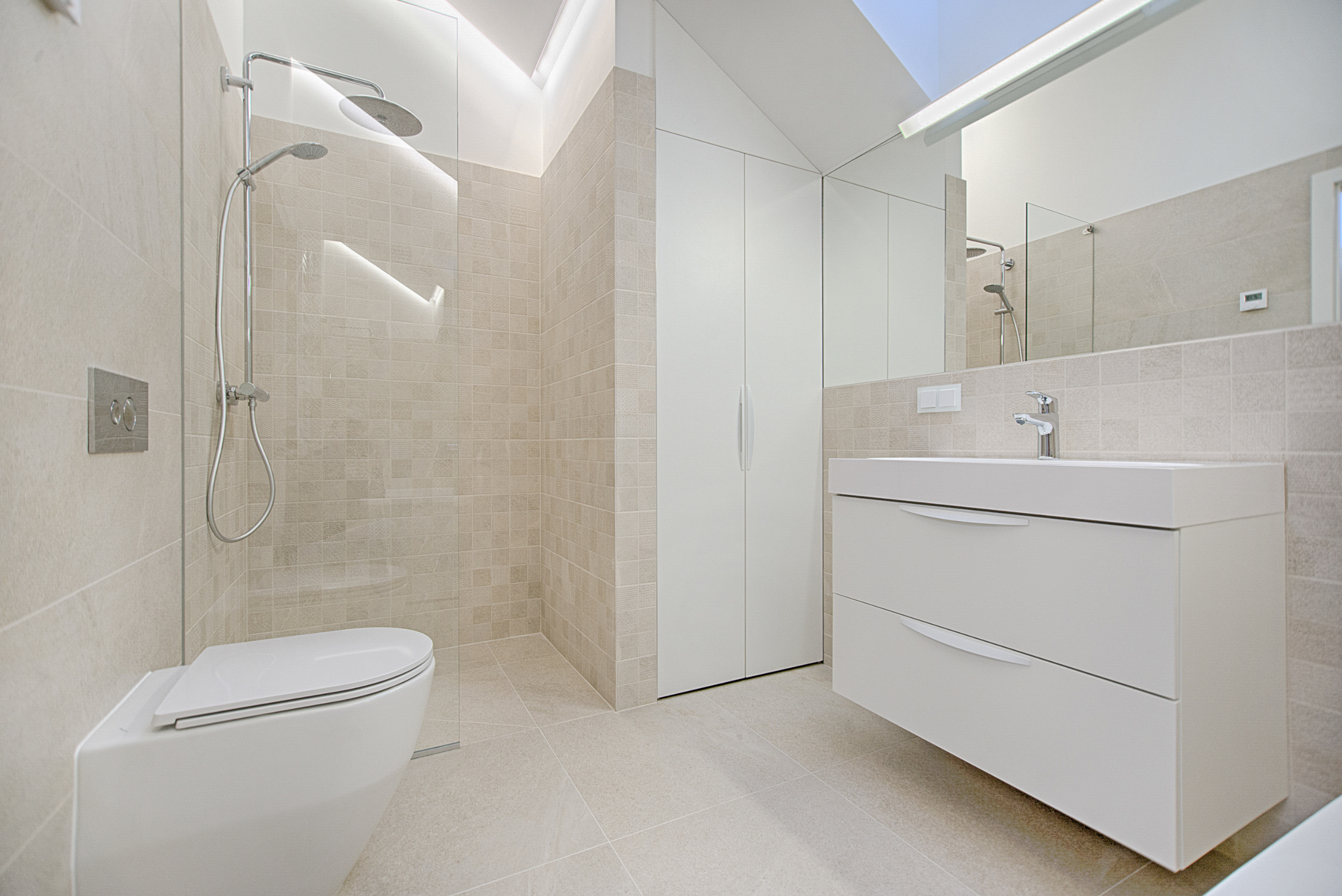
Related Articles
- How to Snake a Toilet – Step-by-Step Drain Clearing Guide
- 7 Reasons Why Your Toilet Won’t Flush
- Step-by-Step Guide: How to Easily Change a Toilet Flapper for Improved Efficiency
Replacing an old toilet is more than a cosmetic update—it’s a practical investment in your home’s efficiency, functionality, and sustainability. By recognizing the signs of wear and tear, calculating the costs of repairs, and understanding the benefits of modern models, you can make an informed decision about when it’s time to upgrade. Don’t wait until a major failure occurs—act proactively and enjoy the benefits of a fresh start in your bathroom.
Ready to start your next project? Join our DIY community to receive tool tips, how-to guides, and exclusive creative insights. Subscribe to the ManMadeDIY newsletter now! Click here to unlock a world of hands-on inspiration.





